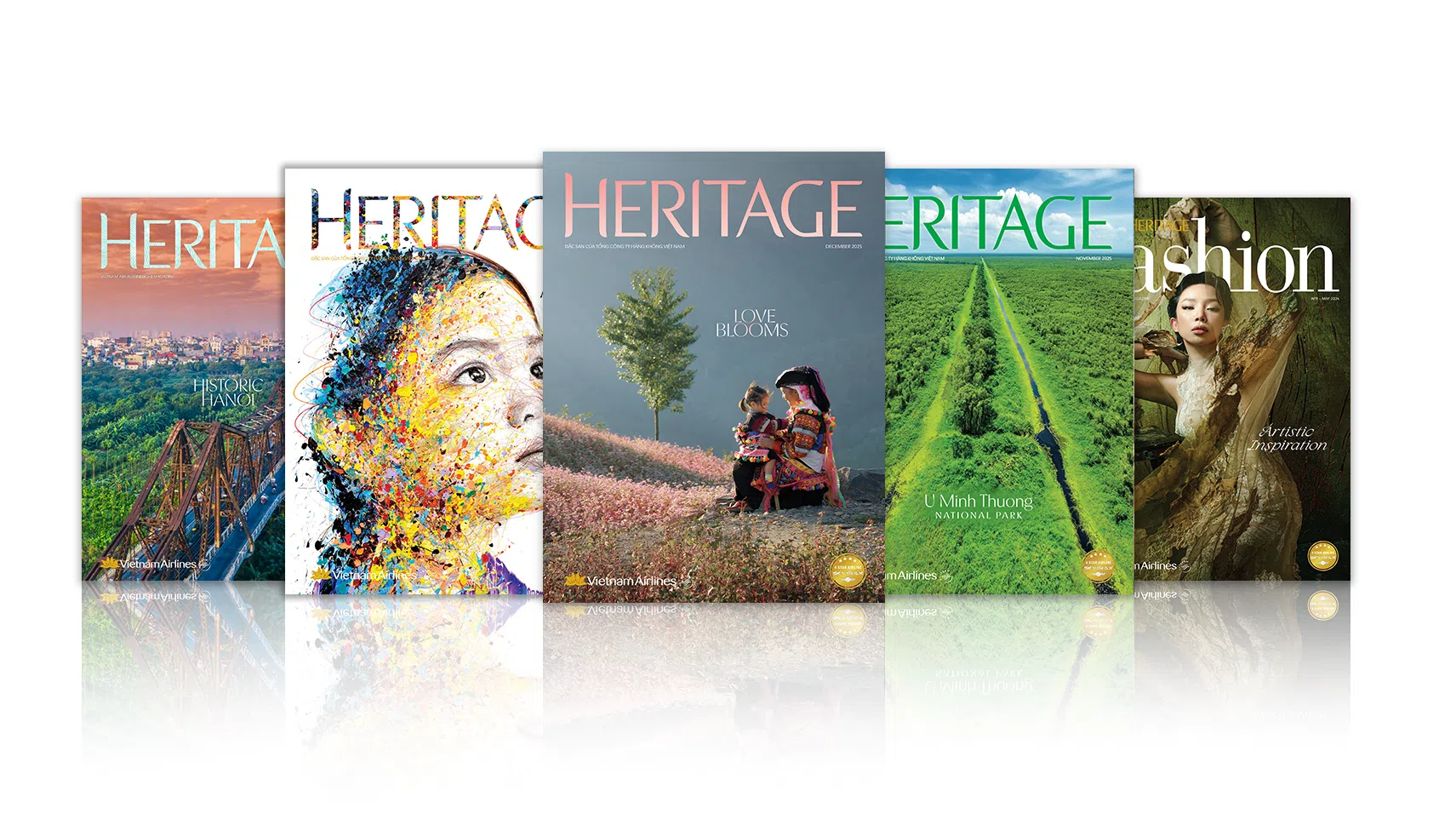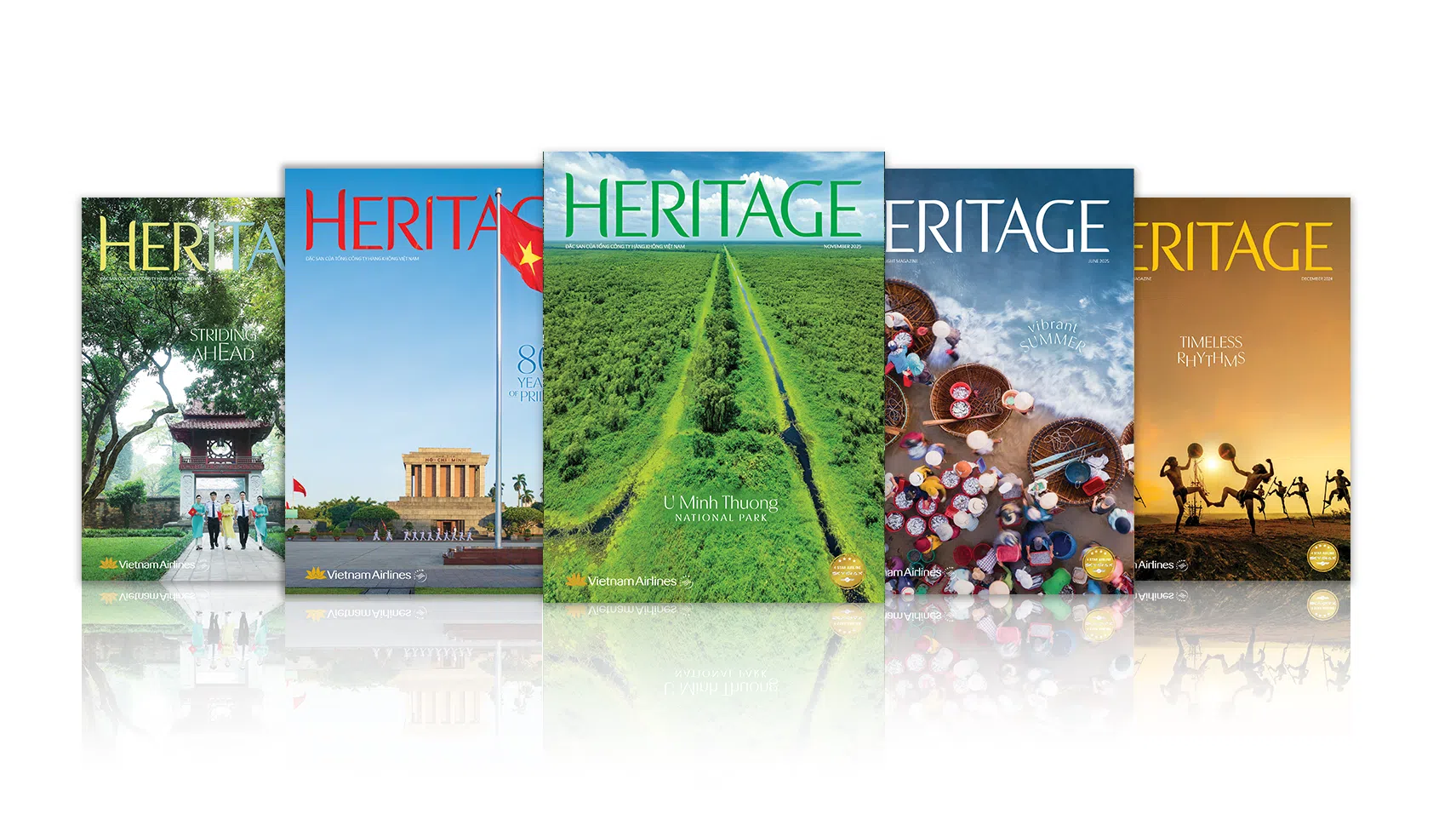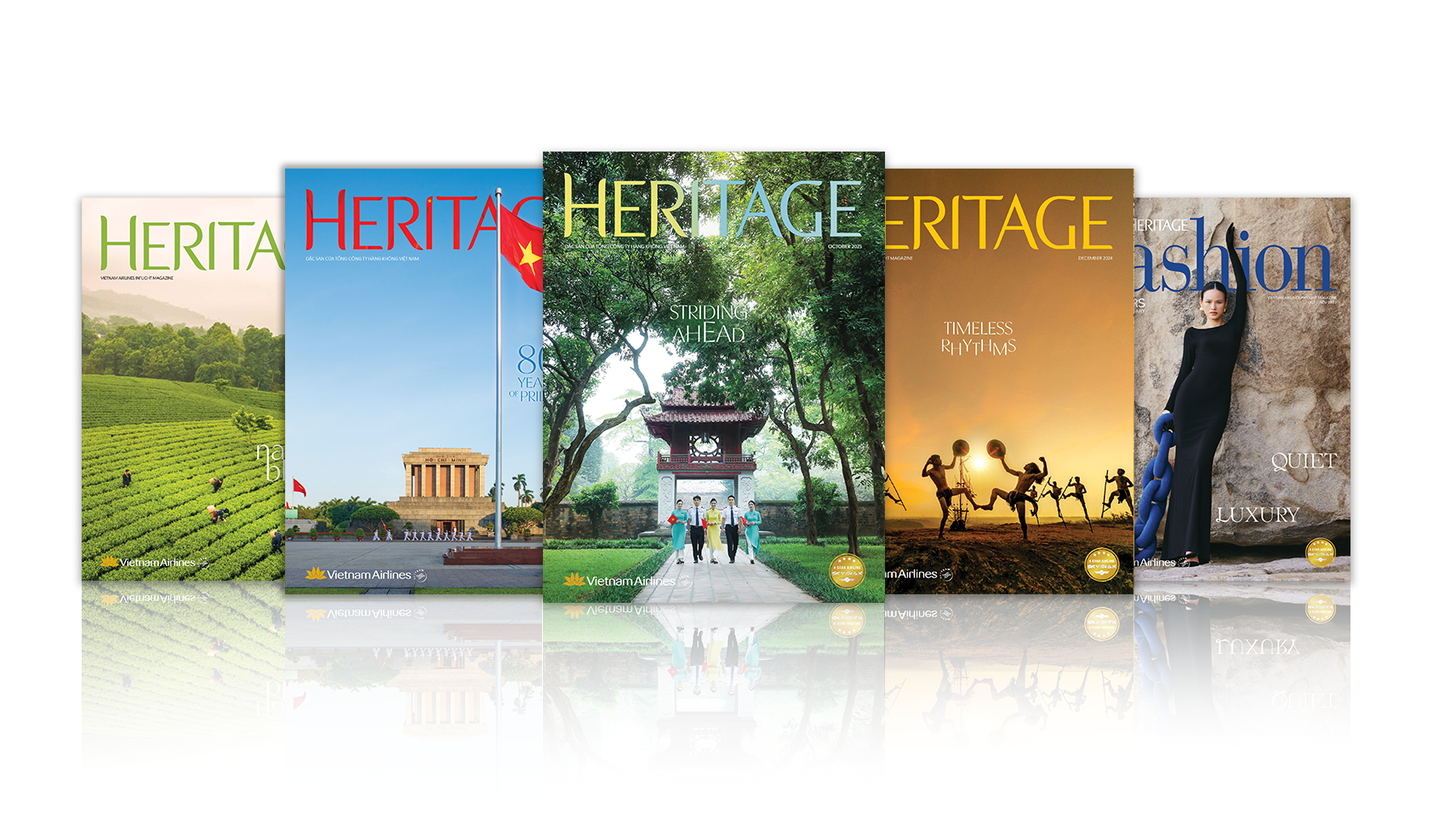Story: Cao Trung Vinh
Photos: Phan Huy
In the Thai language, Xoe means “Xe” (to dance, in the White Thai dialect), “Xé” (to dance, in the Black Thai dialect), or Mổ (to perform a dance). It refers to a form of communal folk performance practiced by the Thai people. Xoe is both a fundamental symbol and a vital element of the Thai people’s unique cultural identity.
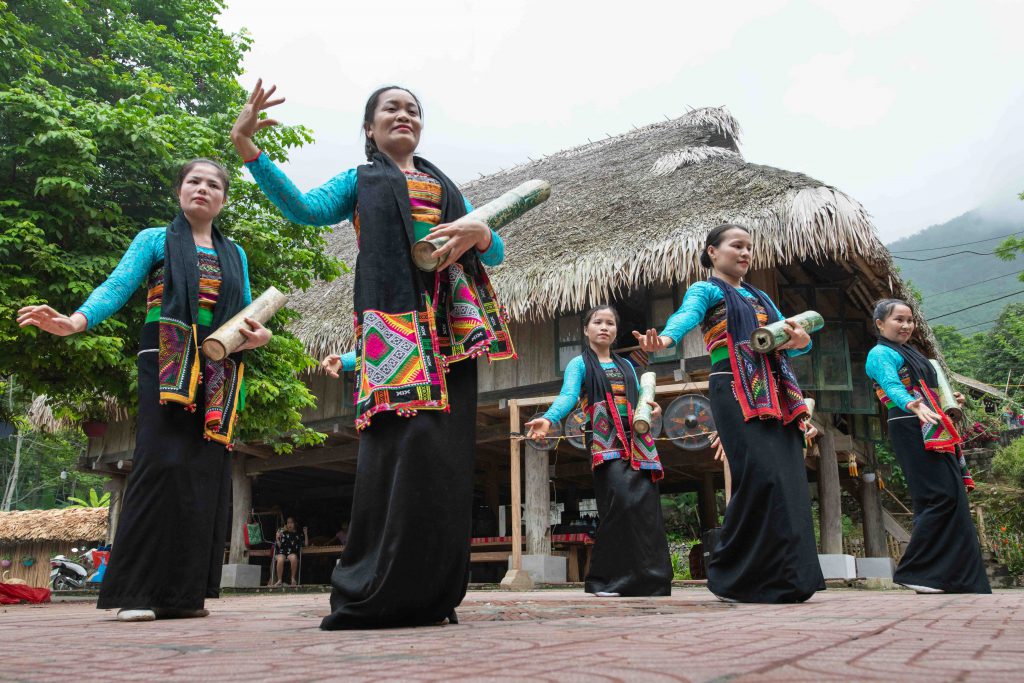
Xoe developed alongside the traditional cultural identity of the Thai ethnic community. Many researchers believe it evolved through three main stages, reflected in three forms: Circle Xoe (hand-in-hand), Ritual Xoe (also known as royal Xoe by some scholars), and Performance Xoe. Others suggest that Xoe began as a folk ritual to honor deities and gradually became a cultural activity focused on entertainment, artistic expression, and performance.
In Vietnam, ethnic Thai people live across a wide area, from the Northwest (Lai Chau, Dien Bien, Son La, Lao Cai, Phu Tho) to the western parts of Thanh Hoa and Nghe An. In Thanh Hoa alone, there are nearly 230,000 Thai people, mostly in mountainous areas like Phu Le, Trung Thanh, Pu Luong, Thuong Xuan, and Linh Son. In these areas, many cultural traditions remain well preserved, especially Xoe, which is a vital part of the Thai community’s spiritual life.
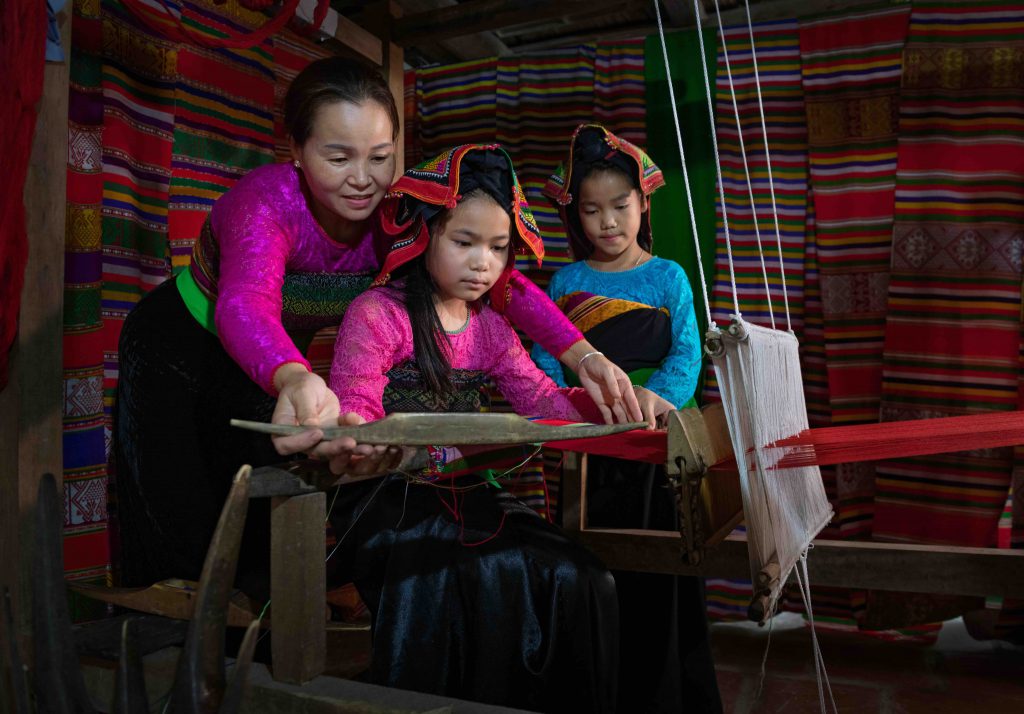
In Ban But, Nam Xuan Commune, the atmosphere is joyful during the festival season, involving families and the wider community. Everyone has a role -preparing offerings, organizing rituals, playing traditional games, and performing Xoe dances together. These cultural activities clearly strengthen intergenerational ties and bring people closer, both within and beyond the community.
Common Xoe dances include: Lưởm cúp (twirling the conical hat), Păn cúp (spinning the hat), Đim khăn (admiring the scarf), Khay ví (folding the fan), Quéng ví (tossing the fan), and Săn mắc hính (shaking the musical instrument). Some other dances also use these props but are named for their symbolic meanings, such as Chông bó (catching flowers), Nhụm hơ (pushing the boat), and Quát bó héo (sweeping withered flowers). These dances evoke scenes from daily life and productive labor.
Basic Xoe movements involve raising the hands, opening the arms, lowering them, then joining hands with the next person while stepping in rhythm. Dancers lean back slightly with their chests lifted. The dance is usually accompanied by instruments such as the tính tẩu (gourd lute), kèn loa (horn), khèn bè (bamboo mouth organ), drums, gongs, and cymbals, played in a steady 2/4 or 4/4 beat. Though the movements are simple, they express hopes for a good life and strong community bonds.
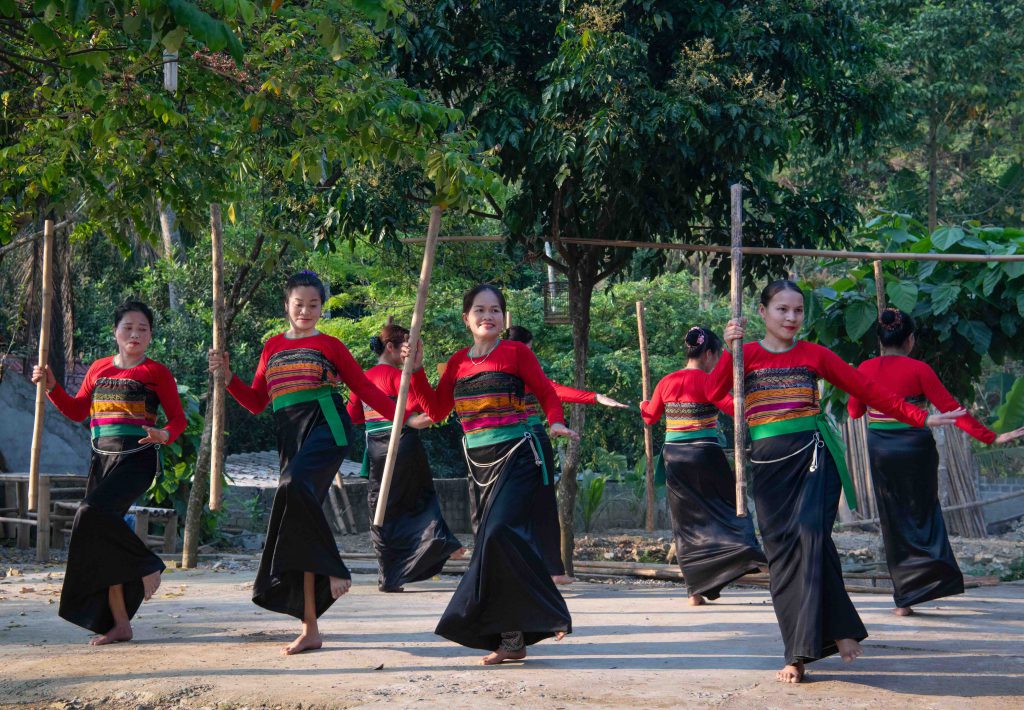
The art of Xoe embodies the emotions, sentiments, and cultural pride of the Thai people, an enduring legacy passed down through generations. More than a tradition, Thai Xoe is also a source of romantic beginnings, where young men and women meet, exchange glances and smiles, hold hands in the circle dance, and often form bonds that lead to love and lifelong companionship.
Xoe Thai is a symbol of beauty, expressing the community’s values through dance, music, singing, traditional clothing, food, and, above all, cultural manners. Because of its deeply layered meanings and rich heritage, UNESCO recognized Xoe Thai as an Intangible Cultural Heritage of Humanity in late 2021.







